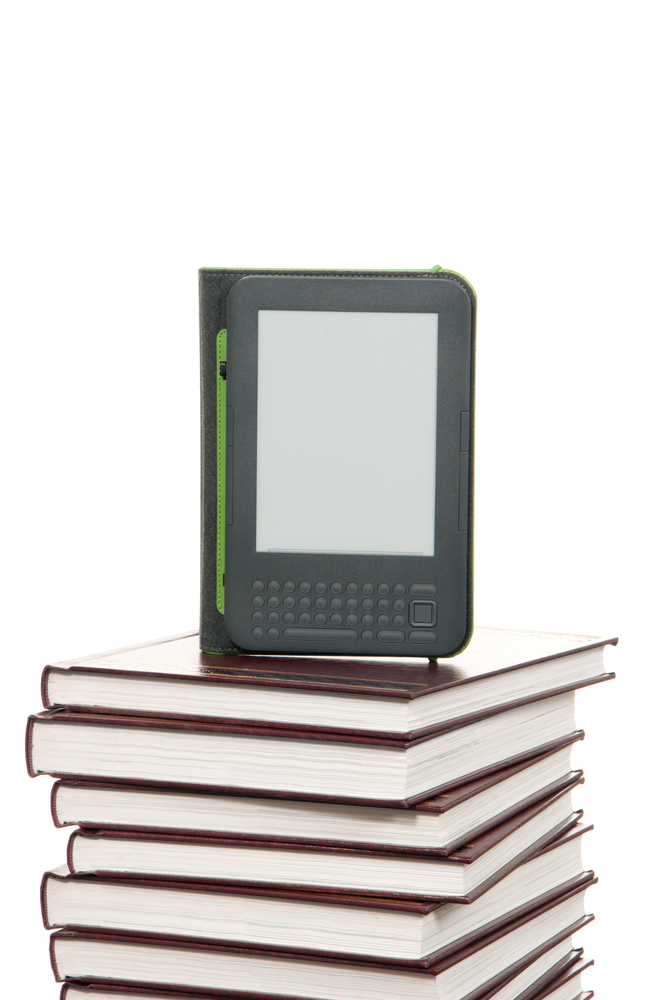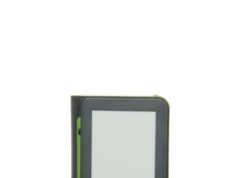
Summary of Patently Offensive
The term patently offensive refers to obscenity law under the First Amendment of the U.S. Constitution. The term now mainly address broadcasting
standards under the Federal Communications Commission, but it also applies to publications like adult magazines and other types of adult material.
How does the Supreme Court label something offensive or obscene?
According to the FCC and the Supreme Court, a broadcast is considered offensive and obscene if it meets criteria under three different statements. The broadcast is offensive if:
· “An average person, applying contemporary community standards, must find that the material, as a whole, appeals to the prurient (involving sexual desire) interest”
· “The material must depict or describe, in a patently offensive way, sexual conduct specifically defined by applicable law”
· “The material, taken as a whole, must lack serious literary, artistic, political or scientific value”
Brief History of Broadcasting Restrictions
The set of restrictions listed in the section above is known as the “Miller Test.” The term comes from a case that was decided by the Supreme Court on June 21, 1973.
Before the case was brought to court, Miller mailed a large number of advertisements for illustrated books that were referred to as adult material. Miller was found guilty of distributing obscene material after he sent five advertising brochures to a restaurant in Newport Beach, California. The manager of the restaurant never asked for the material, and he opened the envelope without knowing it was adult material.
The restaurant manager and his mother complained to the police, and Miller was found guilty of distributing obscene material and violated California Penal Code §311.2(a). The case was appealed and affirmed.
The brochures advertised a total of four books that were titled Intercourse, Man-Woman, Sex Orgies Illustrated, and An Illustrated History of Pornography. Pictures of genitalia were displayed throughout the books.
FCC Restrictions for Patently Offensive Material
Even though there is nothing in the First Amendment that can ban indecent material, broadcasting services can restrict the patently offensive material during certain times of the day. Federal statute prohibits the use of indecent material between 6:00 a.m. and 10:00 p.m.
There is a difference between offensive and obscene material. The FCC describes indecent material as “language or material that, in context, depicts or describes, in terms patently offensive as measure by contemporary community standards for the broadcast medium, sexual or excretory organs or activities.” Simply, less offensive material is indecent while the most offensive material is obscene.
Can I file a complaint about indecent material?
Yes, you can submit a complaint to the FCC and they will review the material and decide of it violates profanity, indecency, or obscenity laws. If the FCC does not find the description of the indecent material offensive, they will send a dismissal letter. You have the option to re-file the complaint if you can provide more information. You can file a complaint by calling 1-888-CALL-FCC. If you’re submitting any type of media (like a DVD or CD) with the complaint, use the following address:
Federal Communications Commission
Consumer & Governmental Affairs Bureau
Consumer Inquiries and Complaints Division
9300 East Hampton Drive
Capitol Heights, MD 20743
Sources: https://www.fcc.gov/guides/obscenity-indecency-and-profanity,



















